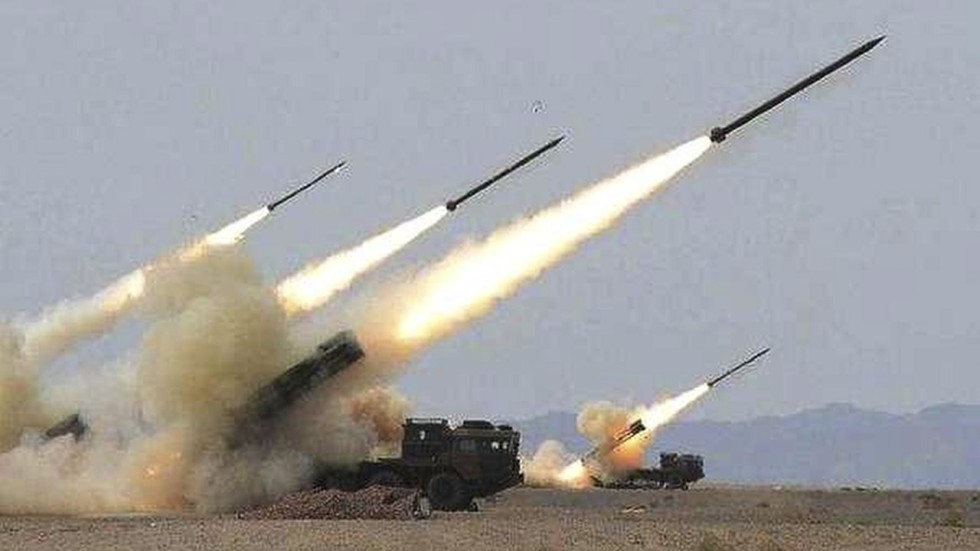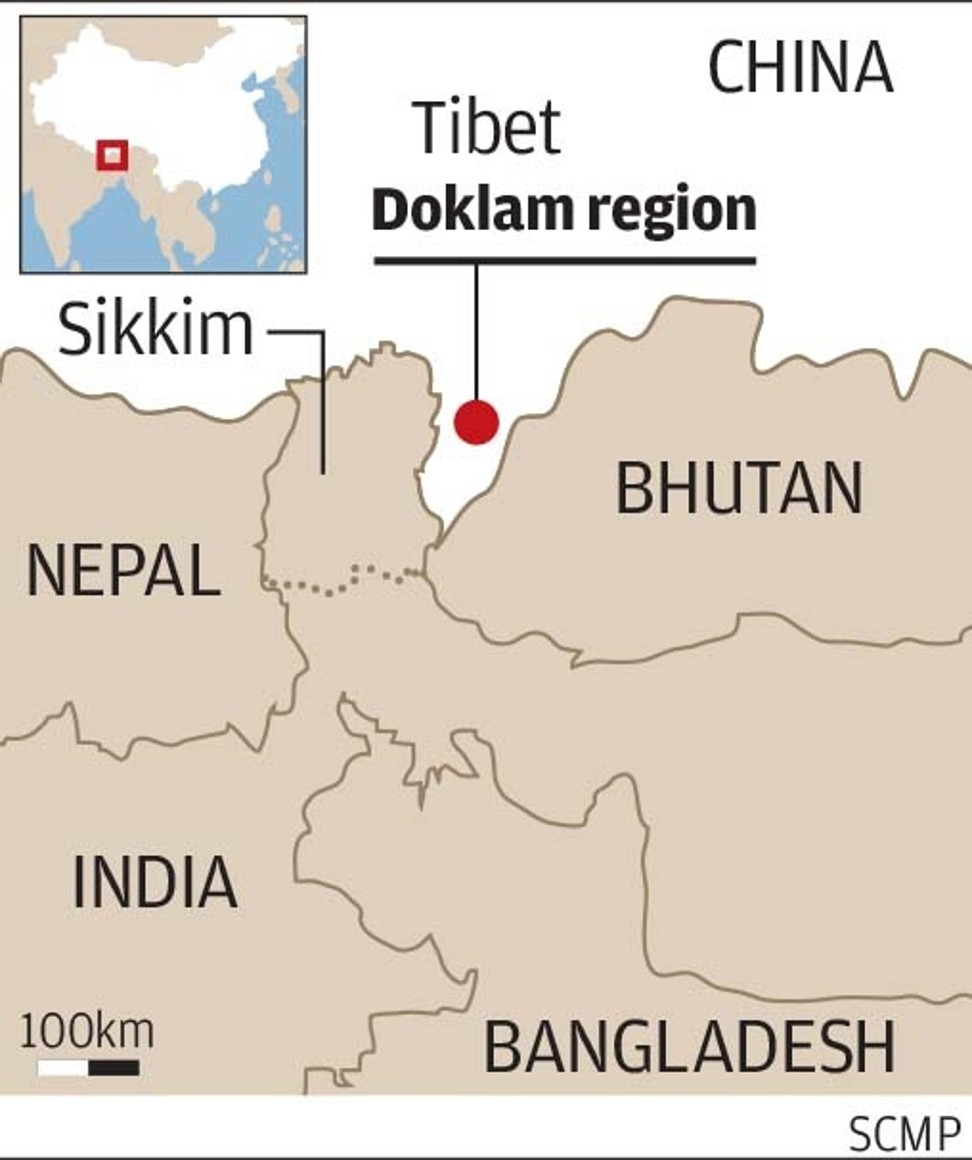Liu Zhen
 Programme’s lead scientist speaks of ‘substantial progress’ in devising a high-velocity rocket that can fly further from Tibet China is developing the world’s first electromagnetic surface-to-surface rocket that offers greater fire range and could give its military an advantage in high-altitude regions like the Himalayas and Tibetan plateau, according to state media. Details of the rocket system – such as its precise range and deployment schedule – remain unclear. But the programme’s lead scientist Han Junli told the state-run Science and Technology Daily that “substantial progress” had been made on the rocket. Conventional rockets rely on explosive powder for the initial push, but the new rockets will be launched using additional electromagnetic force, similar to the catapult launchers that China and the United States are developing for their next-generation aircraft carriers. The same technology is also used to develop rail guns.
Programme’s lead scientist speaks of ‘substantial progress’ in devising a high-velocity rocket that can fly further from Tibet China is developing the world’s first electromagnetic surface-to-surface rocket that offers greater fire range and could give its military an advantage in high-altitude regions like the Himalayas and Tibetan plateau, according to state media. Details of the rocket system – such as its precise range and deployment schedule – remain unclear. But the programme’s lead scientist Han Junli told the state-run Science and Technology Daily that “substantial progress” had been made on the rocket. Conventional rockets rely on explosive powder for the initial push, but the new rockets will be launched using additional electromagnetic force, similar to the catapult launchers that China and the United States are developing for their next-generation aircraft carriers. The same technology is also used to develop rail guns.
An electromagnetic catapult system “can give the rocket a very high initial speed on its launching stage”, said Han, recalling his discussion with Rear Admiral Ma Weiming, the chief scientist of the PLA Navy’s electromagnetic technologies.
Some observers say that China’s next domestically built aircraft carrier – its second – is likely to be equipped with electromagnetic catapult launchers.
A rocket is a self-propelled artillery weapon. Increased velocity can expand its range.
“An electromagnetic catapult may also be able to help stabilise the rocket during launch and improve its accuracy,” said Zhou Chenming, a military expert based in Beijing.

While missiles usually have a greater fire range and better manoeuvrability, rocket artilleries are cheaper and could be fired in cluster salvoes to overwhelm a target.
The report suggested that the new electromagnetic rockets could be deployed in Tibet. With possibly hundreds of kilometres of range, from there they would be able to strike the heartland of India.
Han, who is stationed with a research institute of the ground force of the People’s Liberation Army (PLA), described the project as the first of its kind in the world, and said it had been going steadily according to plan “with great breakthroughs”.
The PLA has widely deployed 300mm PHL-03 rockets, modified from the Soviet BM-30. Those have a flight range of around 150km (about 93 miles).
Although the actual range of the electromagnetic rocket being developed is unknown, it is believed to be much longer than any of the existing types.
China has also developed laser-guided rockets that can slightly amend their trajectory during flight, though they cannot actively search for targets the way a missile can.
Han, who has been involved in China’s military rocket research and development for more than 20 years, also focuses on ensuring superior firepower for any potential border conflict on the Tibetan Plateau.
“The plateau covers 26 per cent of China’s entire land territory,” he was quoted as saying. “Rockets deployed in the field can cause severe damage to any invader in hundreds of square kilometres.”
“It is like in boxing, the person who has longer arms and harder fists enjoys the advantage.”
He has collected first-hand data from the 4,000 metre-plus plateau and studied how to optimise the rockets for the high-altitude environment, where temperatures are extremely low in winter and the atmosphere is thin.
Much lower air pressure there – which could be about half of that at sea level – means less air friction during flight, and possibly a longer range.
However, thinner air also means less force that the tail fins can generate to control the rocket’s position during flight, greatly reducing its precision.
An electromagnetic catapult launcher, which stabilises the flight while increasing initial velocity, would make the rockets a much more powerful weapon, especially on the plateau.
Han told Science and Technology Daily it would be unnecessary to transport forward-deploy rockets all the way to the front line, which on the Tibetan plateau would be expensive. Instead, they could be fired from farther away in the vast plateau region.
Following an “incident on the border of the Tibetan plateau”, the report said, Han made a detailed plan targeting the unnamed adversary’s major military locations, marking PLA rocket deployments – including which types, their range and how many.
It did not identify the incident, but last year, Indian and Chinese troops had a 73-day stand-off in Doklam, a trijunction border area the nations also share with Bhutan, after Chinese troops with construction vehicles and road-building equipment began extending an existing road southward.
Though both nations eventually announced their withdrawal from the disputed area, it was still the worst border dispute between the two Asian giants in decades.
Incidents have been rarely reported in recent years with other neighbours, although China also borders Pakistan and Nepal along the Himalayas.
“Rockets are much cheaper than missiles, although less accurate. If they are mass-deployed they can excel at saturation fire to create intensive destruction to a bigger range of area,” Zhou said.


No comments:
Post a Comment